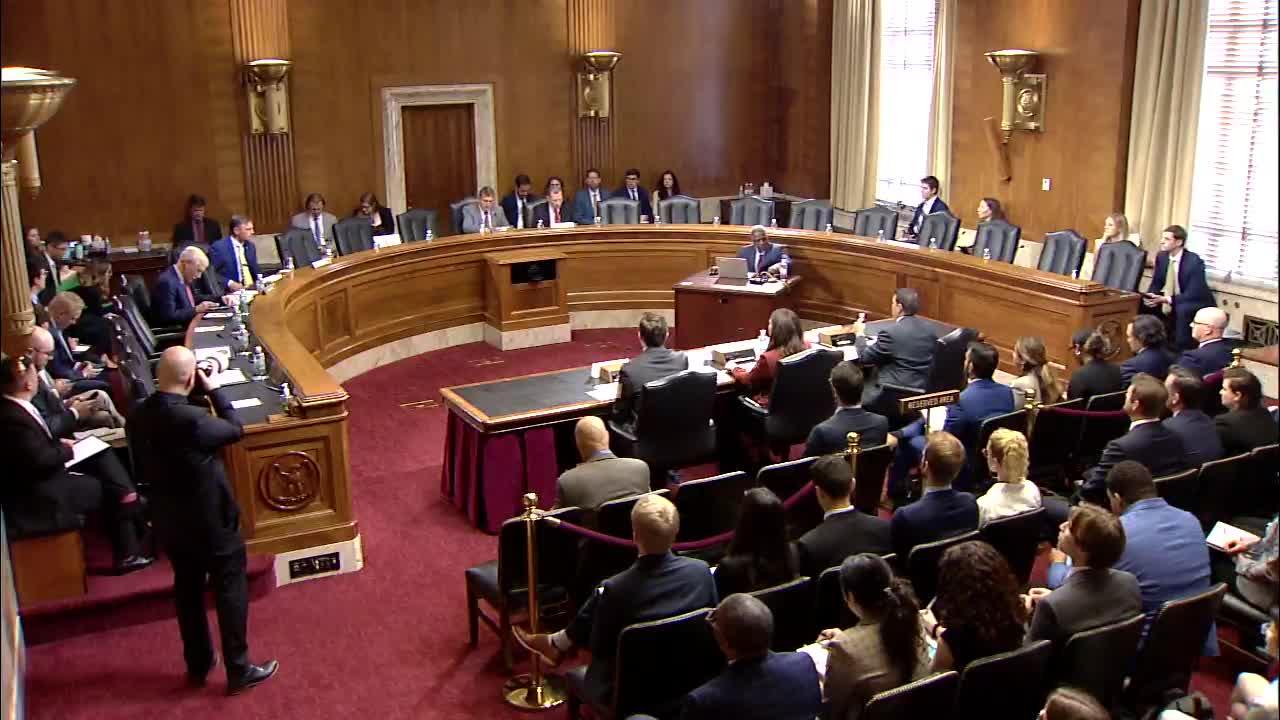Fusion Energy Race Heats Up as US Faces China Challenge
September 19, 2024 | Energy and Natural Resources: Senate Committee, Standing Committees - House & Senate, Congressional Hearings Compilation
This article was created by AI summarizing key points discussed. AI makes mistakes, so for full details and context, please refer to the video of the full meeting. Please report any errors so we can fix them. Report an error »

In a recent government meeting, officials discussed the commercialization of fusion energy, highlighting its potential to revolutionize the global energy landscape. Fusion energy, which promises abundant, zero-emission power, is seen as a solution to geopolitical conflicts driven by energy dependence, such as those experienced during World War II and ongoing tensions in Europe and the Middle East.
The meeting featured insights from a visit to the ITER experimental site in France, where the U.S. collaborates with 32 other countries, including China and Russia, on fusion research. Despite geopolitical tensions, the shared goal of harnessing fusion energy has fostered international cooperation. However, the timeline for operational fusion power plants remains uncertain, with ITER's startup date now pushed to 2029, four years later than anticipated.
The private sector is making strides, with over 40 fusion companies raising $7.1 billion in investments over the past five years, primarily from private sources. Notably, Helion Energy aims to launch its first grid-scale fusion power plant by 2028, significantly ahead of ITER's timeline. This rapid advancement in the private sector underscores the urgency for the U.S. to maintain its competitive edge in fusion technology, especially as China accelerates its own fusion research and investment.
Officials expressed concern over China's aggressive pursuit of fusion energy, which includes securing critical materials for fusion power plants. The U.S. must address outstanding scientific challenges and regulatory hurdles to ensure it remains a leader in this emerging field. The meeting concluded with a call for collaboration between government and private sectors to overcome barriers and expedite the development of fusion energy, which could play a crucial role in meeting the growing demand for electricity driven by technological advancements.
The meeting featured insights from a visit to the ITER experimental site in France, where the U.S. collaborates with 32 other countries, including China and Russia, on fusion research. Despite geopolitical tensions, the shared goal of harnessing fusion energy has fostered international cooperation. However, the timeline for operational fusion power plants remains uncertain, with ITER's startup date now pushed to 2029, four years later than anticipated.
The private sector is making strides, with over 40 fusion companies raising $7.1 billion in investments over the past five years, primarily from private sources. Notably, Helion Energy aims to launch its first grid-scale fusion power plant by 2028, significantly ahead of ITER's timeline. This rapid advancement in the private sector underscores the urgency for the U.S. to maintain its competitive edge in fusion technology, especially as China accelerates its own fusion research and investment.
Officials expressed concern over China's aggressive pursuit of fusion energy, which includes securing critical materials for fusion power plants. The U.S. must address outstanding scientific challenges and regulatory hurdles to ensure it remains a leader in this emerging field. The meeting concluded with a call for collaboration between government and private sectors to overcome barriers and expedite the development of fusion energy, which could play a crucial role in meeting the growing demand for electricity driven by technological advancements.
View full meeting
This article is based on a recent meeting—watch the full video and explore the complete transcript for deeper insights into the discussion.
View full meeting